Making Feature Films with AI by Raykamah
making feature films with AI offers a new opportunity for content creators, directors, and producers to create professional cinematic videos and clips without heavy budgets. Until recently and before the rise of AI, making a feature film required astronomical costs, large human teams, and numerous technical limitations. Now, AI tools have made the process faster, more creative, and more accessible.
With advanced technologies, you can create complex sequences, virtual characters, special effects, and even epic scenes with high precision. If you want to produce AI-powered cinematic videos or clips, these services help you experience professional-level image, sound, and storytelling quality.
On this page, we cover all the steps, benefits, tools, and successful global examples so you get a clear perspective on the process.
AI filmmaking refers to using algorithms and machine learning models to generate parts or even the entirety of a film or video. This technology can automate tasks such as storyboarding, character design, facial reconstruction, audio production, animation, and even assist with screenplay writing.
In fact, AI tools now make it possible for even small teams to produce high-quality cinematic clips. Unlike traditional methods, this process accelerates production and enables the creation of scenes that would otherwise be too costly or even impossible to achieve.
AI filmmaking is the fusion of human creativity and data processing power to produce compelling and visually stunning stories; cost-effectively.
To make a feature film with AI, there are several key steps. Each step helps turn your idea into a complete cinematic video. Here’s an overview of the main process:
Story and Scenario Preparation
Start by writing the scenario, narrative, or storyline. This forms the backbone of your film and outlines which scenes need to be produced.
Describing Scenes and Characters
At this stage, describe all the visual and spatial details of each scene and character so AI software can generate accurate visualizations.
Using AI Video Generation Tools
Software like Runway, Pika Labs, or Kaiber use deep learning models to generate videos based on your scripted text. These tools produce animated scenes, effects, and even special visual effects.
Generating Voice and Dialogues
To bring characters to life, use tools like ElevenLabs or Descript for professional and natural-sounding voiceovers.
Editing and Finalizing the Output
After producing the sequences and sounds, you or an editor can use software such as Adobe Premiere or DaVinci Resolve to assemble the video and deliver the final product.
In modern filmmaking, many scenes are technically difficult or too costly to produce. AI helps overcome these challenges, letting you visualize any idea you have. Here are some examples of scenes that can be produced with AI:
A storyboard in cinema is a series of sketched or digital images that sequentially illustrate each scene before filming. Used for planning camera angles, character movements, framing, and event order, storyboards are key in pre-production and team coordination.

Crash scenes are always some of the riskiest and most expensive film segments. AI can simulate vehicle collisions and explosions in 3D and with realism, not only ensuring crew safety but also greatly reducing costs.
Sometimes, you need to include characters in a film who are no longer alive or are entirely fictional. AI-powered facial reconstruction and 3D modeling tools can accurately recreate the appearance and movements of such characters. This means your storytelling is no longer limited by available actors.
AI can digitally and realistically create locations, costumes, faces, and environments from the past without needing physical sets or large casts.
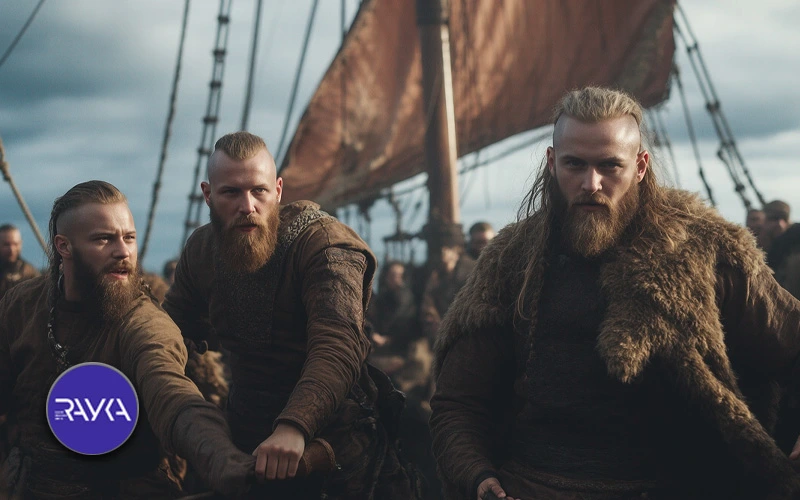
With AI and digital effects, studio sets can be expanded and made to look more realistic without physically building large sets, commonly using VFX and CGI enhanced by AI.
AI utilizes intelligent algorithms to design and animate both real and imaginary creatures, bringing them to screen with natural and lifelike qualities. This is especially useful in sci-fi, fantasy, action, and nature documentaries.
Using AI in filmmaking provides numerous advantages, addressing many traditional limitations:
Significantly Lower Production Costs
Complex or dangerous scenes require multi-million budgets to shoot. AI can create these without expensive sets, extras, or equipment.
Saving Filmmaking Time
Shooting, set design, and editing are all accelerated by AI, so projects are completed faster.
Unlimited Creative Potential
You can bring to life imaginative worlds, unique characters, or extraordinary visual effects without technical or budgetary constraints.
Improved Quality of Visual Effects
AI models can produce cinematic-quality animations and visual effects previously only available to major studios.
Recreating Faces and Historical Scenes
If you need to recreate a classic actor or faithfully depict past events, AI achieves this with remarkable realism.
AI offers countless applications in film production—not just for feature films:
AI allows for large-scale film productions with less cost and greater speed. Massive locations, imaginary characters, and difficult scenes like battles or disasters are now within reach of indie creators and studios alike.
Creating impactful trailers is key to movie marketing. AI can analyze the film and assemble attention-grabbing previews more efficiently, increasing engagement and ticket sales.

When your project needs precise historical sequences or speculative environments, AI is the best option. It enables the creation of highly detailed past events or entirely new worlds.
Sometimes you need short versions of your film for campaigns. AI quickly generates professional-quality promo videos for social media and TV, boosting brand awareness.
Rayka Mah Iranian offers professional AI-powered feature film production services, utilizing the latest tools to create creative, cinematic-quality films. If you want to cut costs, speed up your project, and enhance quality, just fill out the form below for a free consultation with our experts.
RaykaMah Iranian’s feature film production process is systematic and purposeful, ensuring both your creative vision and full benefit from the latest technology. Here are the main steps, showing you how your idea evolves into a professional film:
We hold a consultation session to clarify your goals, budget, and style, followed by brainstorming and concept development for a clear, strategic production process.
Once the general idea is approved, our writing team creates a full script. Simultaneously, the storyboard and detailed scene planning are prepared for production organization and technical forecasting.
Scenes and characters are created using advanced AI tools—from 3D modeling to facial and environment reconstruction; driving significant cost reduction and precision.
After the main content is produced, professional editing, color grading, effect integration, and sound design are applied to ensure your film is ready for cinema, streaming platforms, or advertising.
Our team excels at every stage, blending creativity, expertise, and the best global software for world-class results:
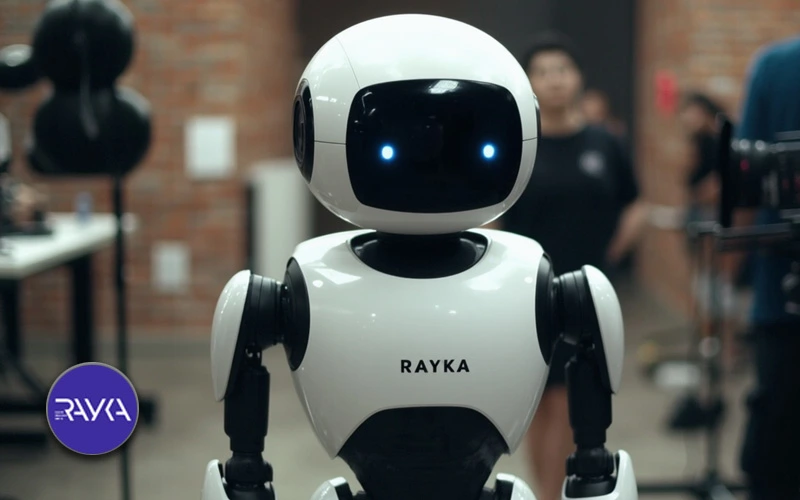
Feature film production with AI requires a collection of advanced software and tools, each serving a specialized function—from visual design to sound management to final editing. The table below introduces the main tools used at Rayka Mah Iranian.
| Tool Name | Main Use | Additional Description |
|---|---|---|
| Runway ML | AI-based video creation | Used for generating realistic scenes and advanced editing. |
| Sora | Cinematic video generation | OpenAI’s next-gen video model for creating full scenes from text input. |
| Unreal Engine | 3D simulation | Used for designing cinematic environments and creating visual effects. |
| Adobe After Effects | Editing and visual effects | Creates professional visual effects and motion graphics. |
| ElevenLabs | Voice generation and enhancement | Creates natural dialogue and voiceovers using AI. |
Editing is one of the most important post-production stages after creating a film with AI. Although the output of these tools is highly advanced, it still requires specialized adjustments.
Editing helps seamlessly connect different scenes and ensures the story is coherent. In this stage, colors, visual effects, and audio are fine-tuned so your film achieves a professional quality.
Without editing, even the best AI-generated visuals may look incomplete or inconsistent. At Raykamāh Iranian, our editing team performs all these steps with precision to prepare your film for release.

Yes, sound design is an essential phase in creating an AI-made feature film. Video generation tools can create outstanding imagery, but professional sound design brings true emotion and realism to the film.
Ambient sounds, dubbed dialogues, and background music build a deeper emotional connection for the audience. Also, many epic or emotional scenes lack full impact without quality sound. Raikamāh Iranian provides expert sound design to meet cinematic standards and ensure flawless final quality.
Lighting is crucial in AI-driven film production because it determines the quality and realism of the visuals. Here are the key points in the process:
Using Natural Light Simulation Algorithms:
AI tools can accurately simulate sunlight, moonlight, or artificial light to make every scene look more realistic.
Automatic Adjustment of Intensity and Angle:
Advanced software lets you control the intensity, color, and direction of light. You can make changes with just a few clicks.
Adding Cinematic Lighting Effects:
You can add dramatic lighting, lens flares, or perspective lighting effects for a professional touch.
Matching Lighting with Story and Atmosphere:
AI-powered lighting is set based on the scene’s narrative and emotional tone, delivering a realistic experience for viewers.
In recent years, various projects worldwide have leveraged AI to create films and push creativity to the next level. Here are a few notable examples:
This sci-fi short was created with AI-based image and video generation tools. It combines language models and image generators, produced entirely without human actors. Its unique visual style and innovative storytelling gained much attention from critics.
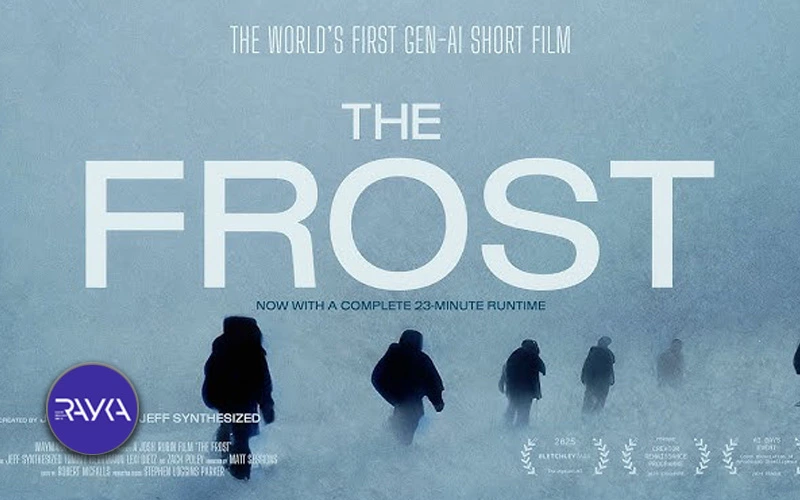
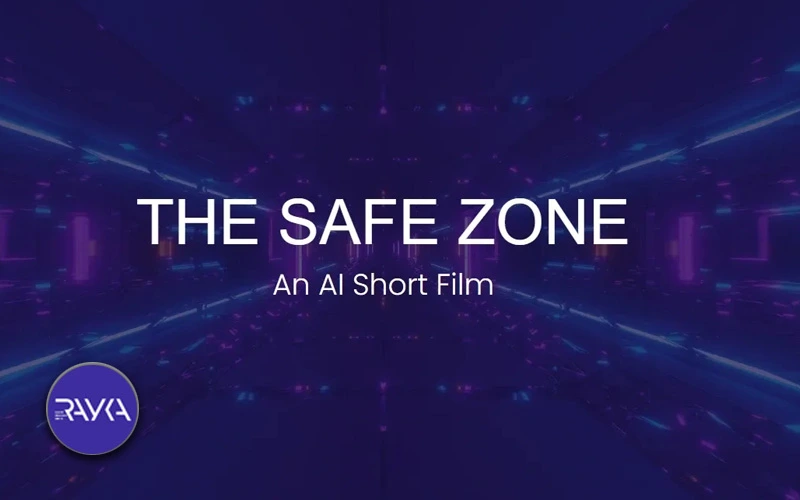
This narrative short recreated intense urban battle scenes using Sora for video generation and Blender for 3D design. Combining these two technologies resulted in highly realistic and impactful visuals; without expensive locations or professional stunt performers.
In this sci-fi mini-series, the main characters were designed and animated using Wonder Dynamics. This AI tool transformed faces and movements of actors into digital characters, bringing a new dimension to storytelling.

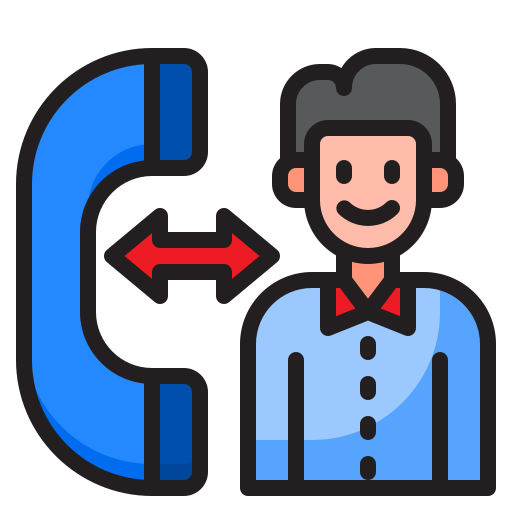
Contact with the consulting team and initial review of the customer's needs

Face-to-face meeting to check the needs and choose the right teaser
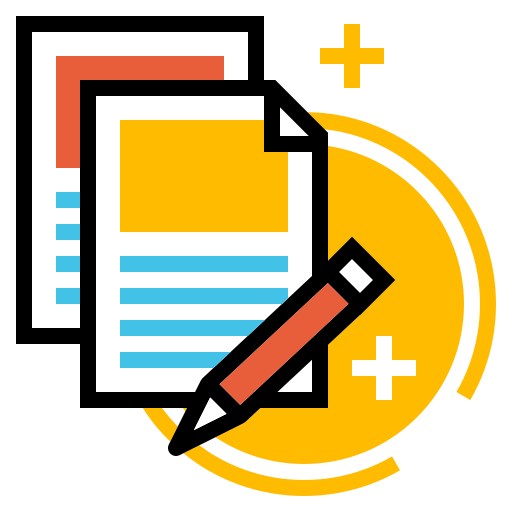
Sending teaser design and format from Raika team to the customer

Apply customer modifications

Start the production process
Yes, if advanced tools and professional editing are used, the final quality can be extremely high.
Costs vary depending on duration, number of scenes, and project complexity. For consultation and a price quote, call +98 9101053525.
Yes, you can combine real-life scenes with those created by AI for a hybrid result.